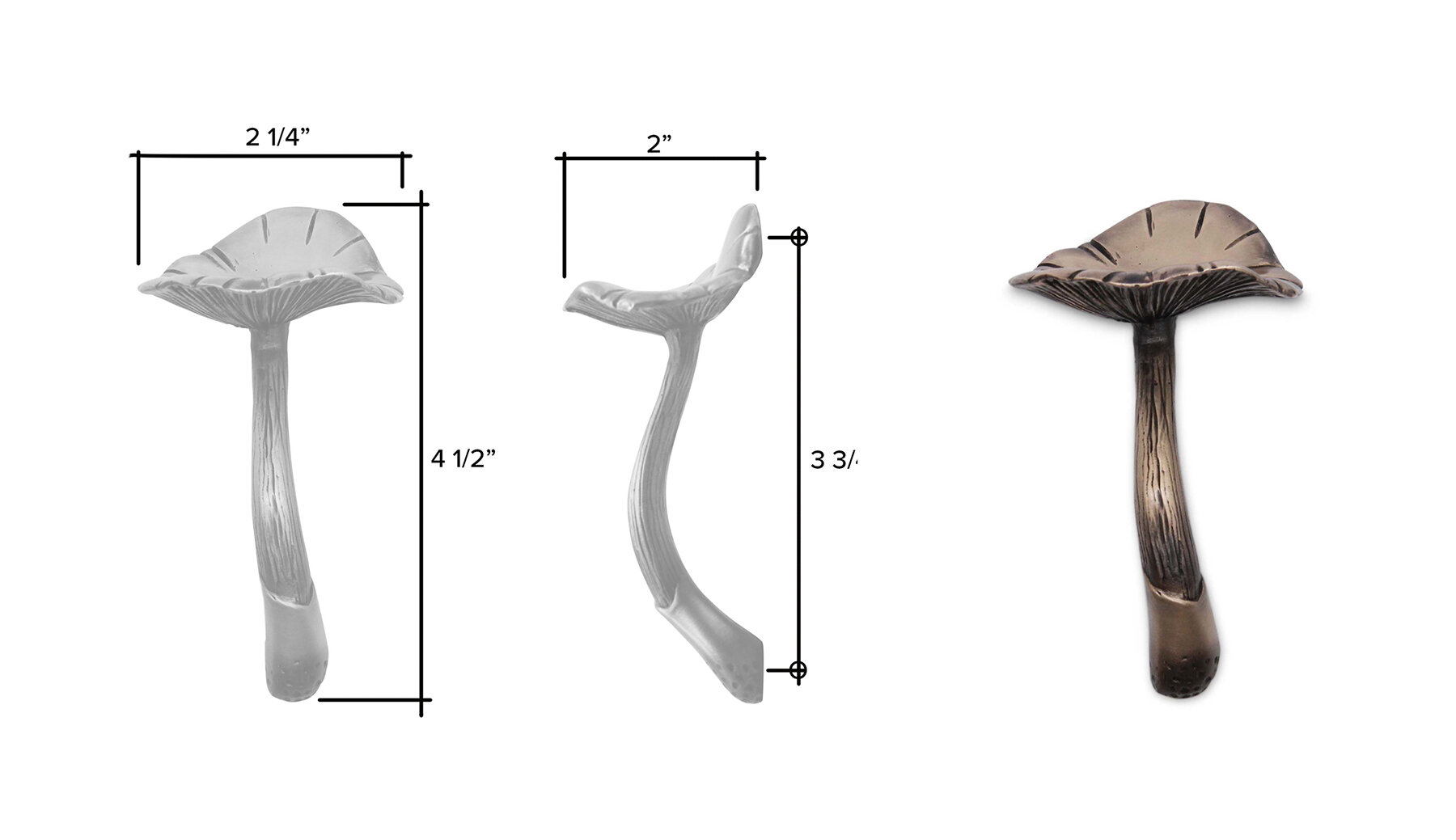Wishing Everyone A Happy and Healthy 2022
For the curious, the 2022 font was created from the Willow Collection of cabinet hardware. While these pieces can be colorfully finished using hot patinas, more vivid blue and green tones can be applied through powder coating. For more information please contact us.
Creative Color Enhancement of Willow Sprigs Part of the Willow Collection of Cabinet Hardware
The small willow round cabinet knob below was cropped and colored in Photoshop. We offer a blue green and pea green hot patina both available as custom patinas















































